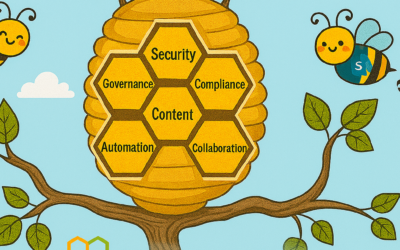Since 3D was first introduced in Office, we’ve heard resounding feedback from the community that better guidance was needed to help users acquire, build and convert 3D content for use in Office. Whether you are an Office user looking to acquire 3D assets for your documents, or a 3D professional creating content for your clients, we are pleased to announce that the 3D Content Guidelines for Microsoft are now publicly available, and have been developed to help users be more successful with 3D in Office.
Download the guide in PPT format
Download the guide in PDF format
Customer connections were the key to defining the scope of what the guidelines cover. These connections gave us the opportunity to understand the friction points first-hand, provide immediate support to keep customers moving forward, and roll those learnings back into the guidelines.
The 3D Content Guidelines for Microsoft are split into four major sections and can be read in sequence or independently depending on what you would like to accomplish.
3D engine overview
Learn about the inner workings of the real-time 3D engine used in Office and how it compares to other methods of rendering 3D content.
Sourcing assets
Learn tips and tricks for finding quality 3D content in online marketplaces and best practices when working with third party vendors to build custom 3D assets.
Content creation
Step through the process of creating custom 3D content for real-time rendering in Office. From modelling, surfacing and animation guidance for new content, to exporting, converting and optimizing existing 3D content, this section will help to ensure that 3D assets targeted for Office will render optimally.
Additional Resources
Discover tools for viewing, analyzing and validating your 3D content as well as links to other valuable resources.
While today’s version of the guidelines is focused on Office, the vision is to expand the scope and include other Microsoft products and services in the future. We believe these guidelines will be a good connection point between many of the great existing resources and look forward to continuing to evolve them to meet the growing needs of all our users. Please check them out!
Download the guide in PPT format
Download the guide in PDF format




